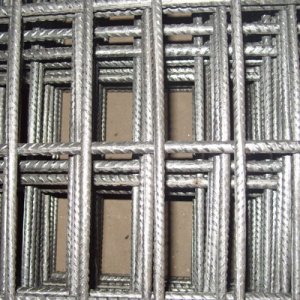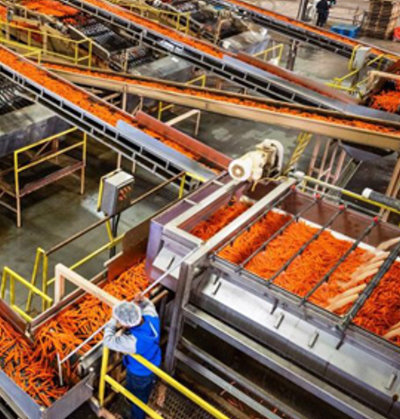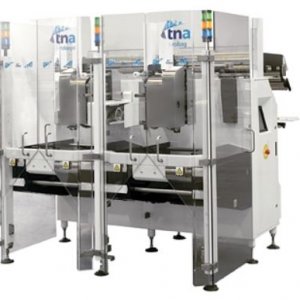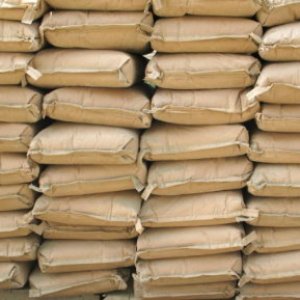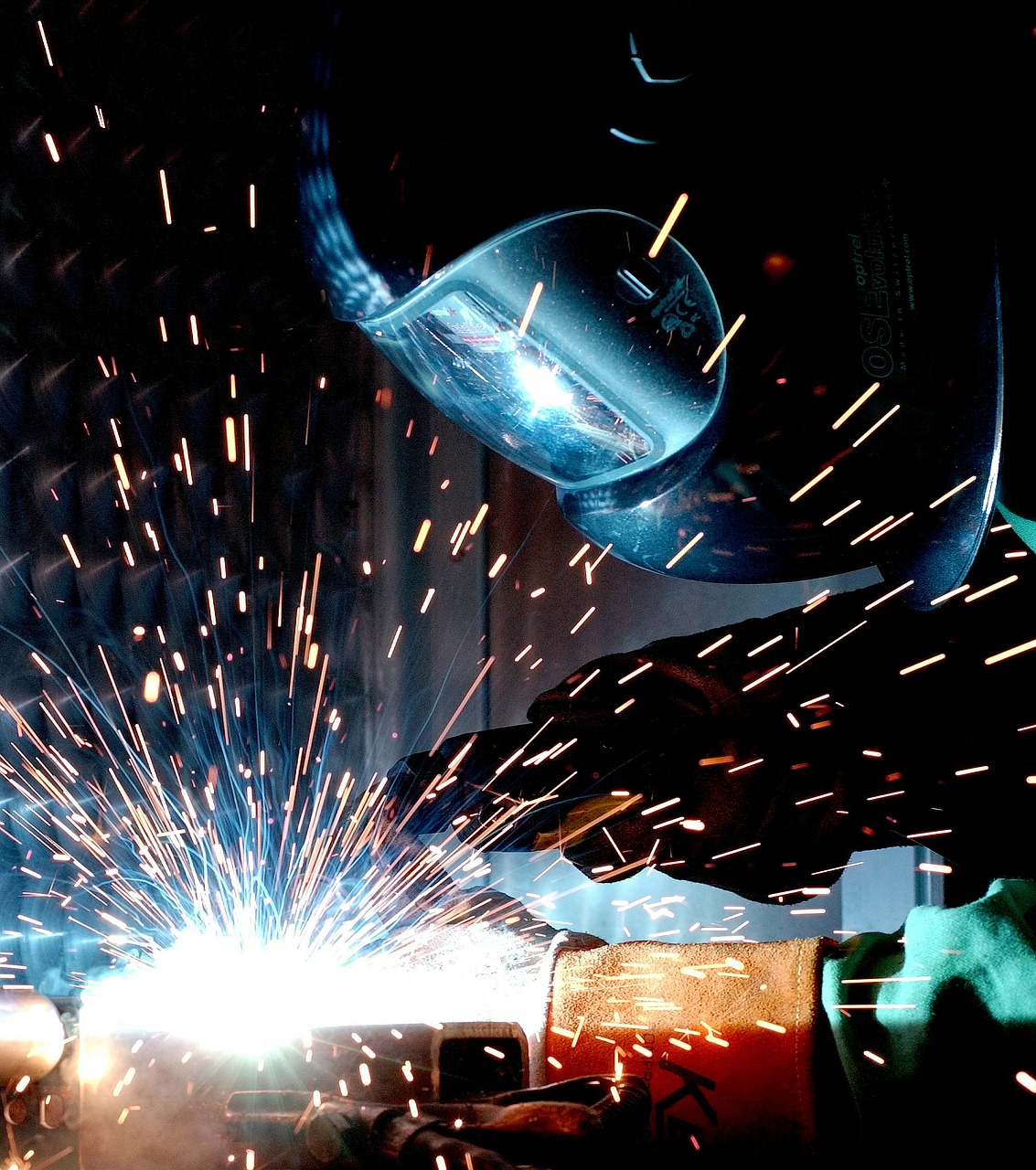Manufacturing [P-Z]
Manufacturing [P-Z]
The Manufacturing sector is made up of producers of machinery, components and equipment, processors, printers, appliance manufacturers and products made from materials of all kinds.
The sector includes 91,154 businesses and employs 714,759 people.
Manufacturing employment fell over the past five years, continuing a long-term decline. Nevertheless, the industry continues to employ a significant number of Australians and some categories continue to grow (food, wood, and fabricated metal products).
Jobs in the Manufacturing sector are challenged by automation, but technology also offers opportunity.

Manufacturing: Facts & Figures
Robots and automation have been used in manufacturing for decades, with many processes and activities now automated. As robots become more sophisticated, flexible and affordable, they are increasingly used in manufacturing businesses to replace or enhance traditional processes.
Key issues for manufacturers then become factory location in relation to resources and market, geopolitics and cost, and the potential of adding value through design and branding.
Blockchain is now being used to combat counterfeiting of high value manufactured goods, such as drugs, vehicle parts, aerospace parts, fashion accessories and even food such as coffee and manuka honey, to track production and delivery through the supply chain, verifying authenticity through the transparent, distributed ledger technology.
VR is used to improve health and safety in operational environments by simulating emergency experiences such as chemical spills and fires.
The evolution of 3d printing raises a new issue and wider opportunity – the prospect of manufacturing on demand by customers and the disintermediation of the manufacturer completely in the process of product creation.
3D designs can be created and products printed and distributed anywhere on the planet. This may see the growth of 3D printing and distribution centres in every major city on the planet.
Employment: 714,759
Organisations: 91,154
-
Employing
56%
-
Non-employing
44%
Remuneration
Avg Salary
$52,053
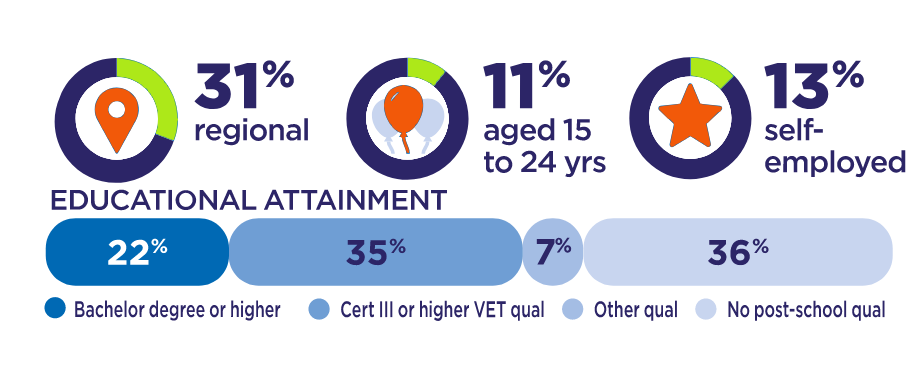
Manufacturing Subsectors [P-Z]
-

Petrol & Coal Product
-

Polymer and Rubber
-
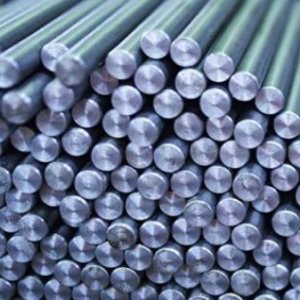
Primary Metal Product
-
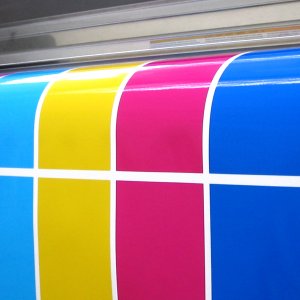
Printing
-
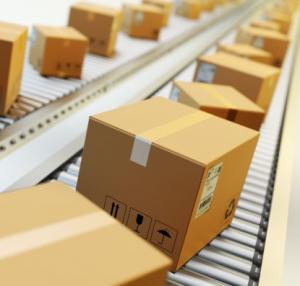
Pulp & Paper Product
-

Textile Clothing & Footwear
-

Transport Equipment
-
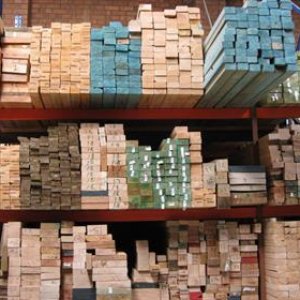
Wood Product
-

Australian Apprenticeships
australianapprenticeships.gov.au provides information on apprenticeships and traineeships, including factsheets and links.
-
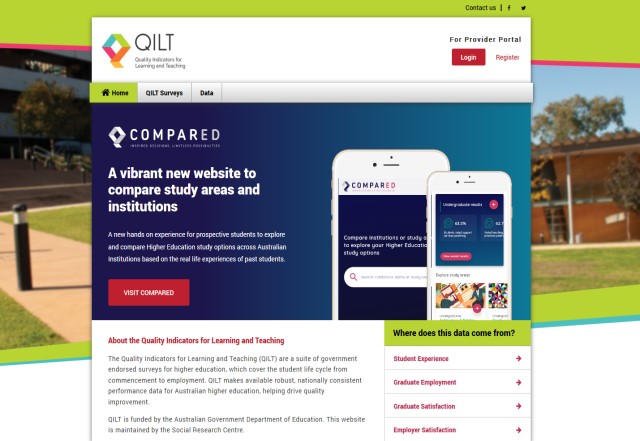
Quality Indicators for Learning and Teaching
qilt.edu.au provides information about Australian universities, including study experiences and employment outcomes.
-

MYSKILLS
myskills.gov.au is an online database of Vocational Education and Training options, including information about providers, courses, outcomes and fees.
-

training.gov.au
training.gov.au for information on training packages, qualifications, courses, units of competency and Registered Training Organisations.
-
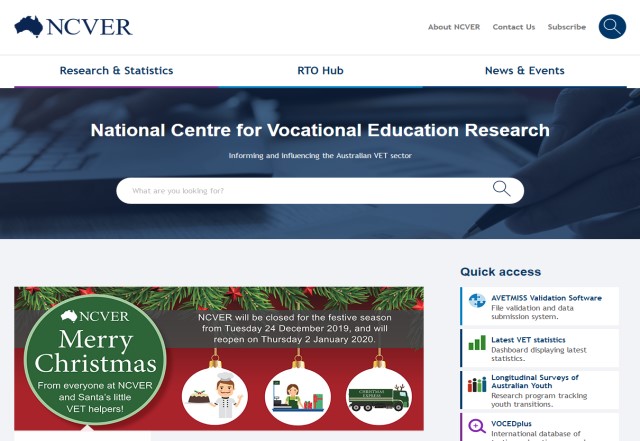
National Centre for Vocational Education Research
ncver.edu.au provides research and statistics about Vocational Education and Training and the links between education and the labour market.
-

myfuture
myfuture.edu.au is an online career exploration service which includes information on a range of career-related topics.
Read more …Manufacturing [P-Z]
- Hits: 44


